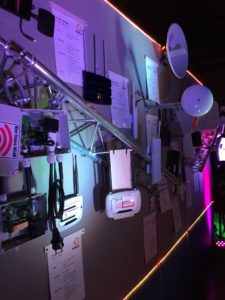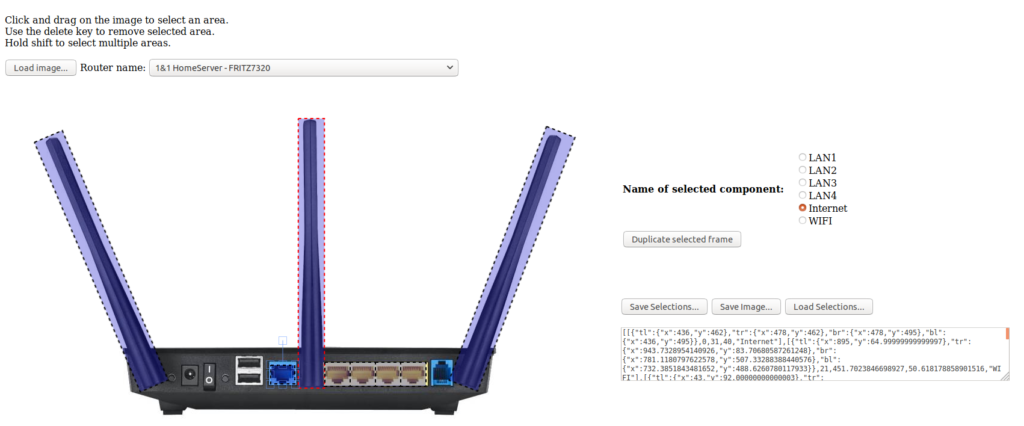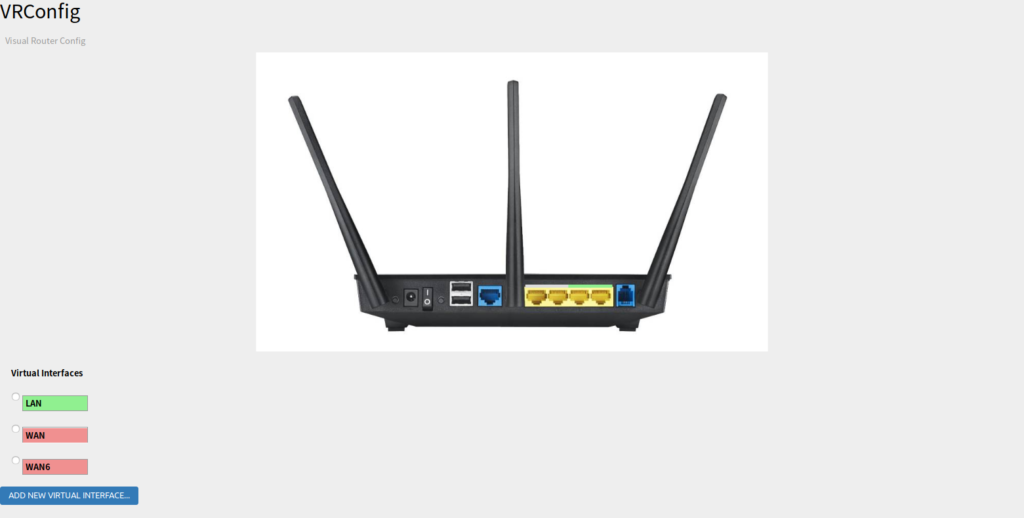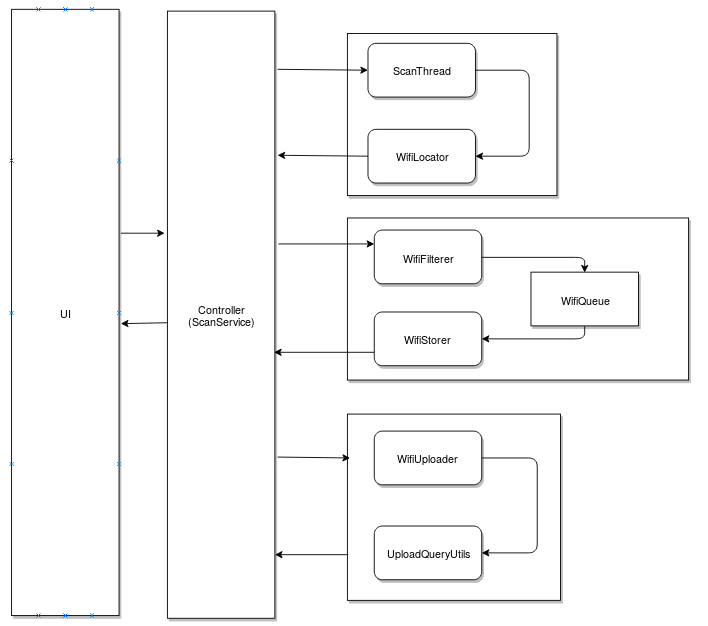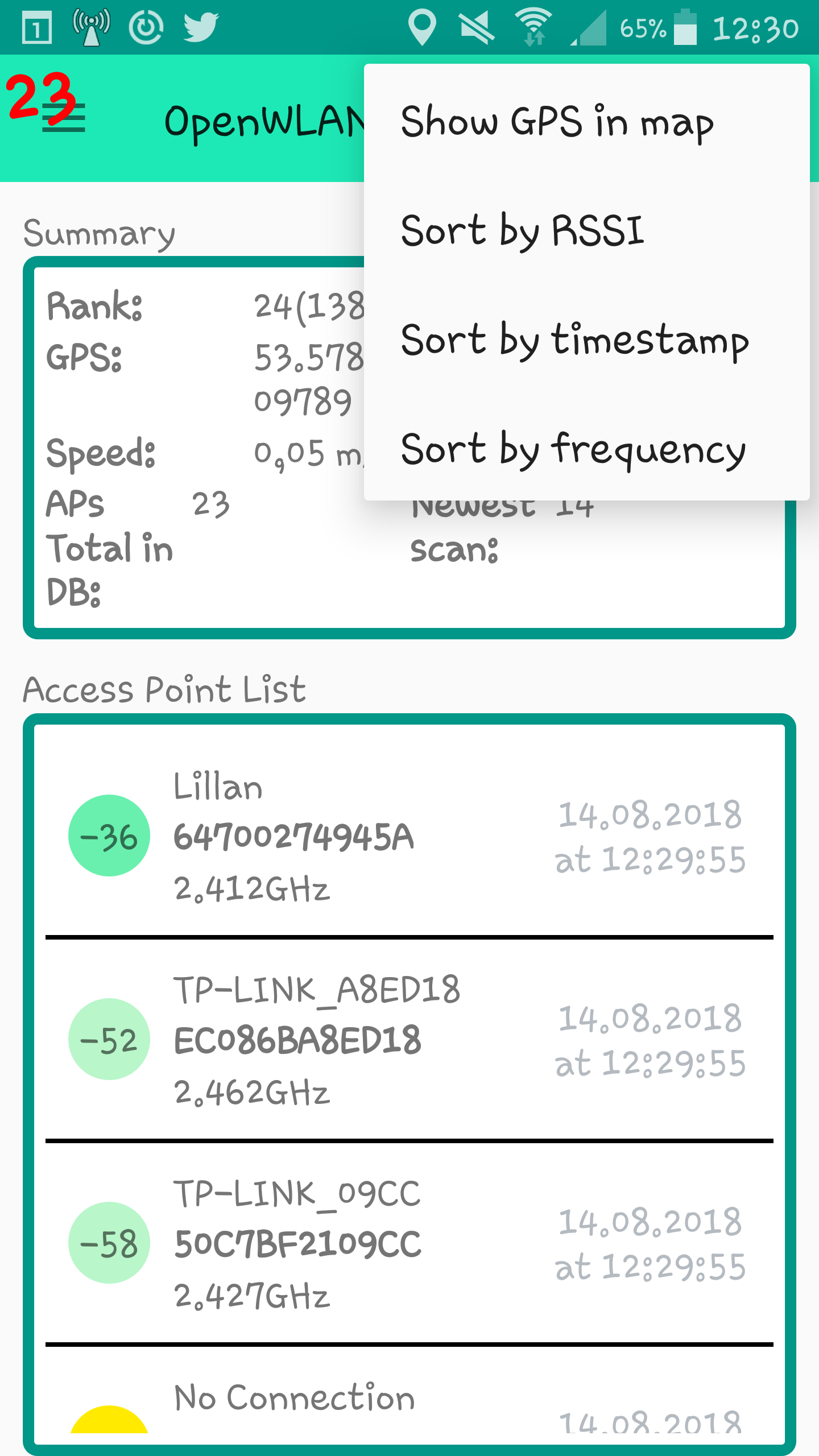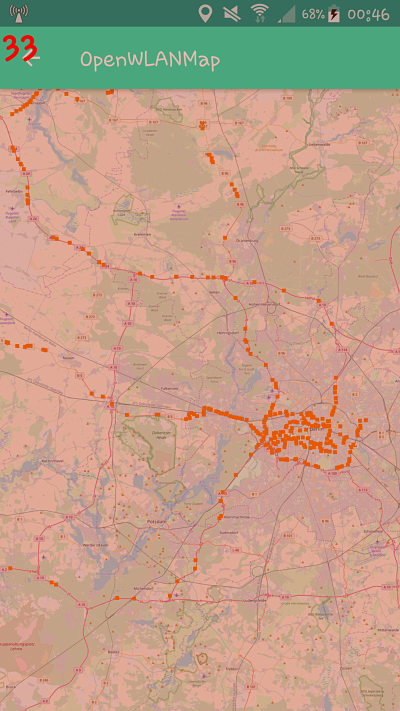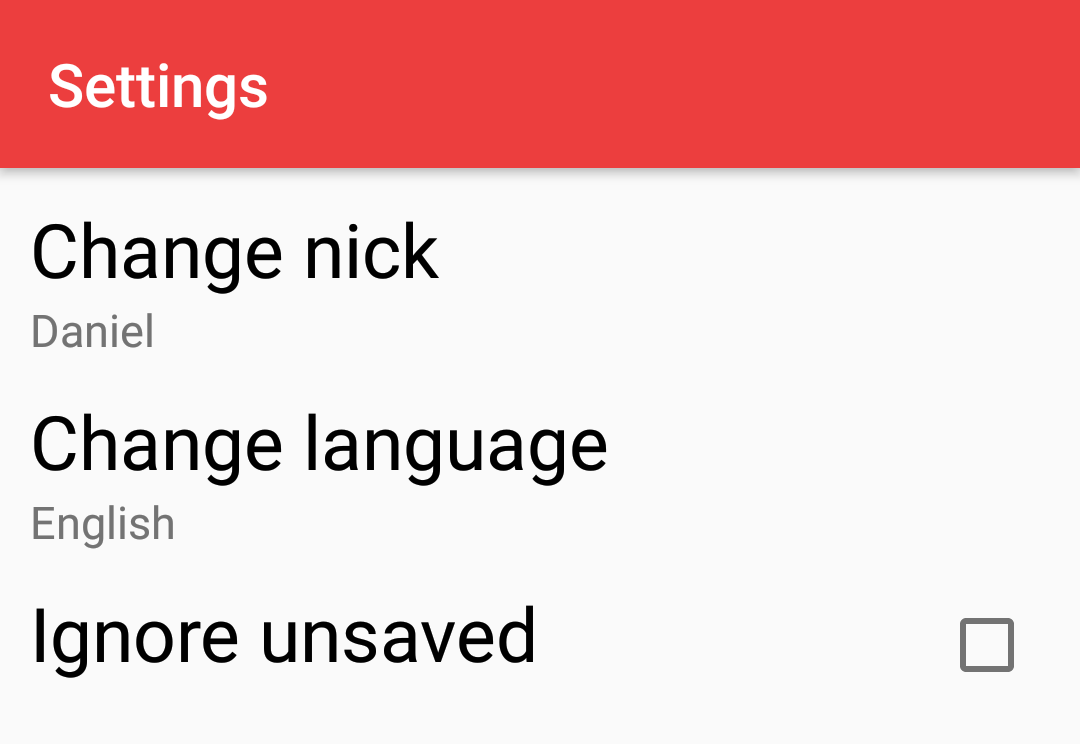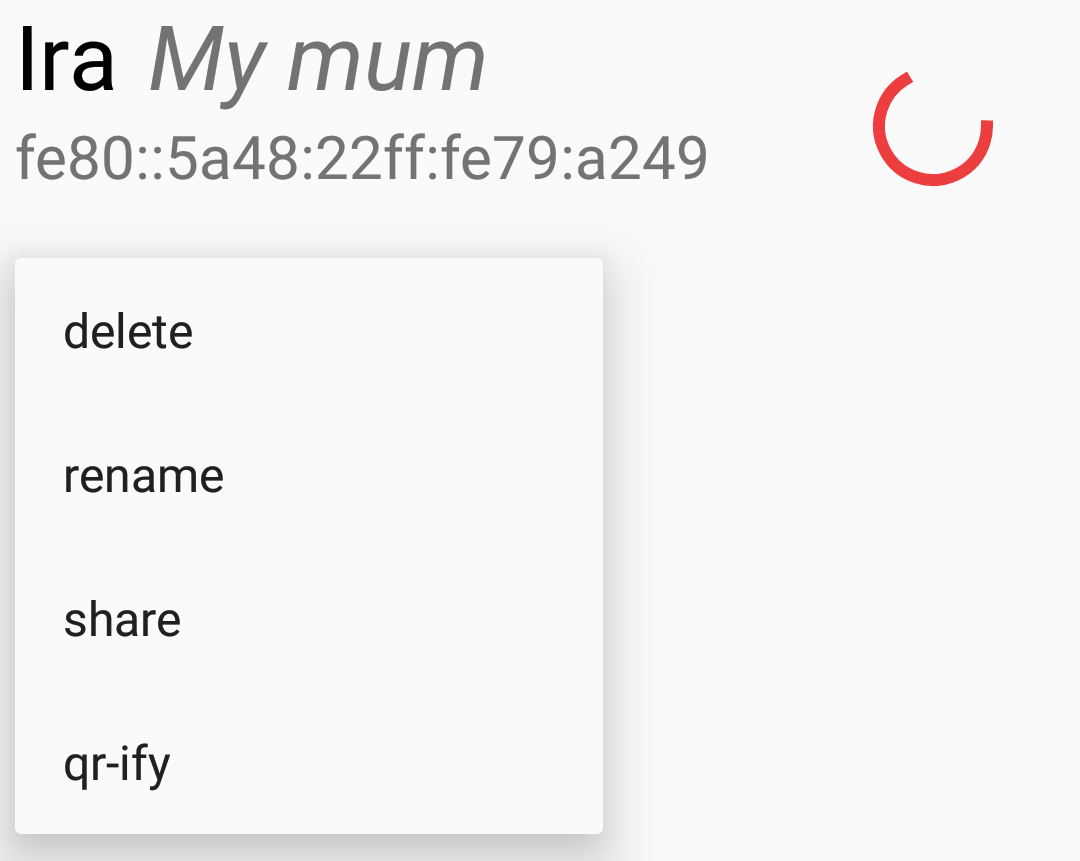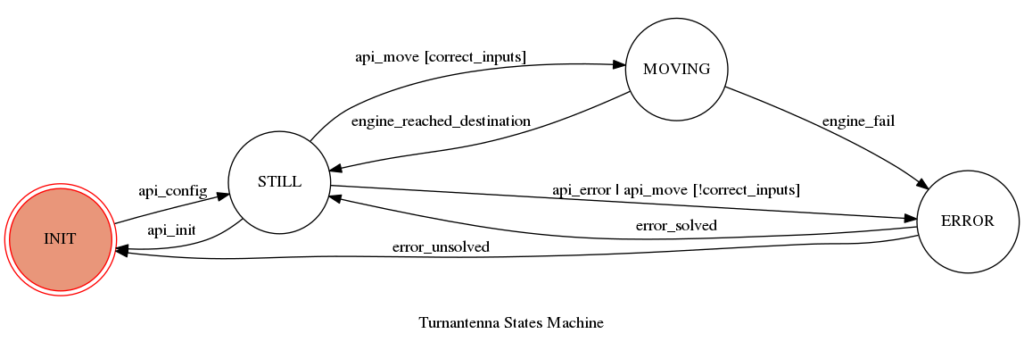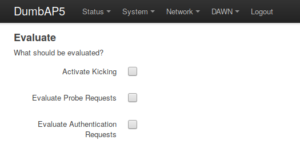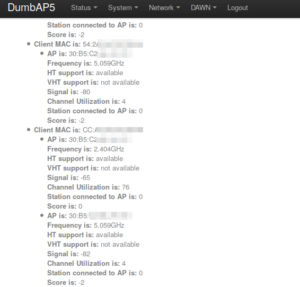Übersetzungsserie im blog.freifunk.net
Die diesjährige Ausgabe des GISWatch Report konzentriert auf Community Netzwerke, die physische Kommunikationsinfrastruktur bereit stellen.
Die Global Information Society Watch (GISWatch) ist ein Raum für die gemeinsame Beobachtung der Umsetzung internationaler (und nationaler) Verpflichtungen der Regierungen zur Schaffung einer inklusiven Informationsgesellschaft.
Der Fördervereine freie Netzwerke hat einen Freifunk Artikel beigesteuert und wird hier nach und nach die deutsche Übersetzung aller Artikel publizieren. Damit sollen die weltweiten Berichte einer breiten Leserschaft einfach zugänglich gemacht werden. Die Auseinandersetzung mit den vielfältigen Ausprägungen und Herausforderungen von CNs auch ausserhalb des Freifunks eröffnet andere Perspektiven und ermöglicht neuen Austausch, kreative Lösungen und Zusammarbeit weit über die technischen Aspekte hinaus.
Pressemitteilung von 13. November 2018
„Eine erschwingliche und zuverlässige Internet-Zugangsinfrastruktur ist zu einem unverzichtbaren Kommunikationsmittel und Zugang zu Informationen geworden, um grundlegende Menschenrechte auszuüben und die wirtschaftliche, soziale und menschliche Entwicklung zu unterstützen. Mit der zunehmenden Verbreitung des Internets hört man jedoch weniger von denjenigen, die nicht miteinander verbunden sind – die weniger wohlhabenden und marginalisierten -, die ihre Rechte nicht auf derselben Grundlage ausüben können. Diejenigen, die keinen Zugang haben, werden doppelt ausgeschlossen: von der “neuen” Welt der Information und Kommunikation, die das Internet bietet, aber auch von der “alten” analogen Welt, auf die sie früher Zugriff hatten – wenn auch unvollständig -, weil immer mehr Dienste und Möglichkeiten nur noch online verfügbar sind. Das Ende der digitalen Ausgrenzung ist nicht nur eine Frage der Verbesserung der Reichweite von mobilen Breitbanddiensten, sondern auch der Verbesserung der Erschwinglichkeit und der Reichweite von lokalen Festnetzinfrastrukturen und -diensten sowie des Aufbaus der technischen und personellen Kapazitäten, um Zuverlässigkeit und Leistungsfähigkeit zu gewährleisten. Es geht um die Bereitstellung kostengünstiger und offen zugänglicher lokaler Netzwerkinfrastrukturen sowie die Möglichkeit, die daraus resultierende Konnektivität in Anwendungen und Inhalten von lokalem Interesse in den lokalen Gemeinschaften zu nutzen.
Die Ausgabe von 2018 von GISWatch konzentriert sich auf lokale Zugangsmodelle, insbesondere auf Community-Netzwerke als selbstorganisierte, selbstverwaltete oder -entwickelte Lösungen für den lokalen Zugriff. Diese basieren auf der Überzeugung, dass einer der Schlüssel zu einem erschwinglichen Zugang darin besteht, Menschen vor Ort das Wissen und die Fähigkeiten zu vermitteln, Tools zur Lösung ihrer eigenen Konnektivitätsherausforderungen zu entwickeln. Anstatt einen Access-Service von einer großen Unternehmensstruktur zu kaufen, können Community-Community-Mitglieder die Infrastruktur selbst bereitstellen und gemeinsam nutzen.
Die 43 Länderberichte der diesjährigen Global Information Society Watch erfassen die unterschiedlichen Erfahrungen und Ansätze beim Aufbau von Community-Netzwerken auf der ganzen Welt. Sie zeigen, dass Schlüsselideen wie partizipative Governance-Systeme, Eigenverantwortung der Gemeinschaft und Kompetenztransfer sowie der „Do-it-yourself-Geist“, der Gemeinschaftsnetzwerke in vielen verschiedenen Kontexten vorantreibt, Merkmale sind, die ihnen einen gemeinsamen Zweck und eine gemeinsame Vorgehensweise verleihen.
Die Länderberichte werden von acht thematischen Berichten umrahmt, die sich mit kritischen Themen befassen, wie z. B. den erforderlichen regulatorischen Rahmen zur Unterstützung von Community-Netzwerken, Nachhaltigkeit, lokalen Inhalten, feministischer Infrastruktur und Community-Netzwerken sowie der Bedeutung von “Community Stories” und der Macht Strukturen, in die diese Geschichten eingebettet sind.„
